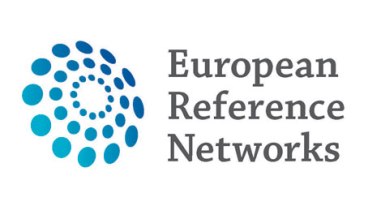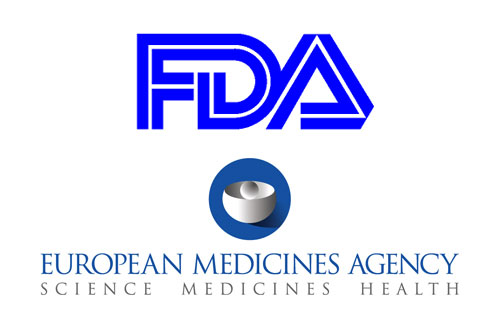
The European Medicines Agency (EMA) has published a final report on the experience gained during its pilot project to involve the patient perspective in the assessment of the benefits and risks of medicines. The EMA's Committee for Medicinal Products for Human Use (CHMP) is responsible for conducting the initial assessment of medicines and their EU-wide marketing authorization. The pilot project forms part of EMA’s strategy to better involve patients in the Agency’s activities, particularly when their input could be valuable to the assessment of medicines, as in cases where the CHMP is considering whether to recommend the maintenance, suspension or revocation of a marketing authorisation, or a restriction of indication of an authorised medicine. During the pilot project (September 2014 to December 2016), patients were involved systematically in oral explanations at the CHMP, providing their views on the therapeutic effect of a medicine (namely, Scenesse, Intuniv, Tecfidera, Kyndrisa, Translarna, and Translarna) and its impact on their quality of life. A summary of responses by patients and CHMP members is presented in the report, which confirms the benefit of including patients in discussions at the CHMP when the patient perspective could compliment the assessment. This pilot project marks the next step in bringing patients’ views and values to the assessment of medicines throughout their lifecycle.
More information: orphaNews, European Medicines Agency




